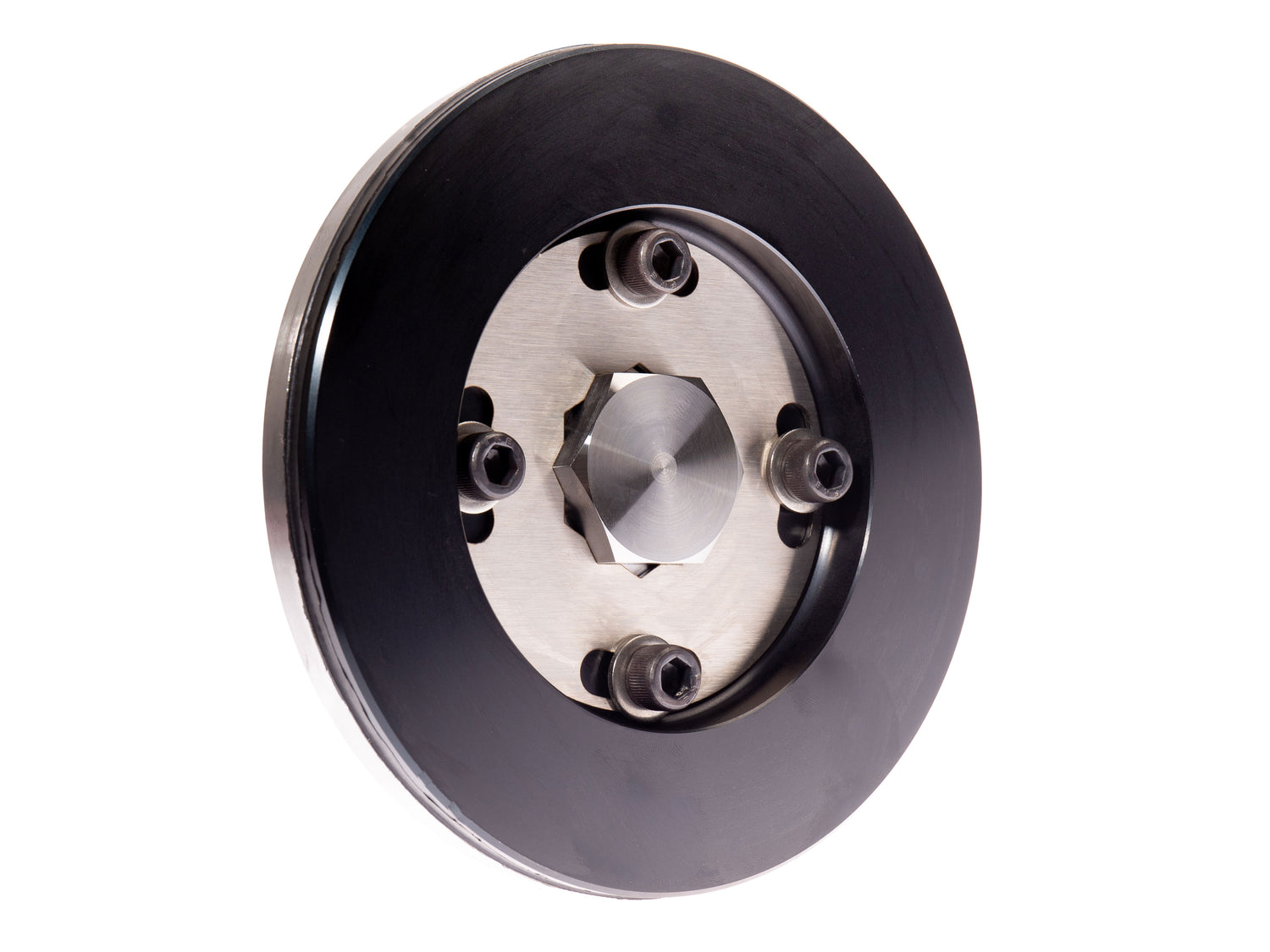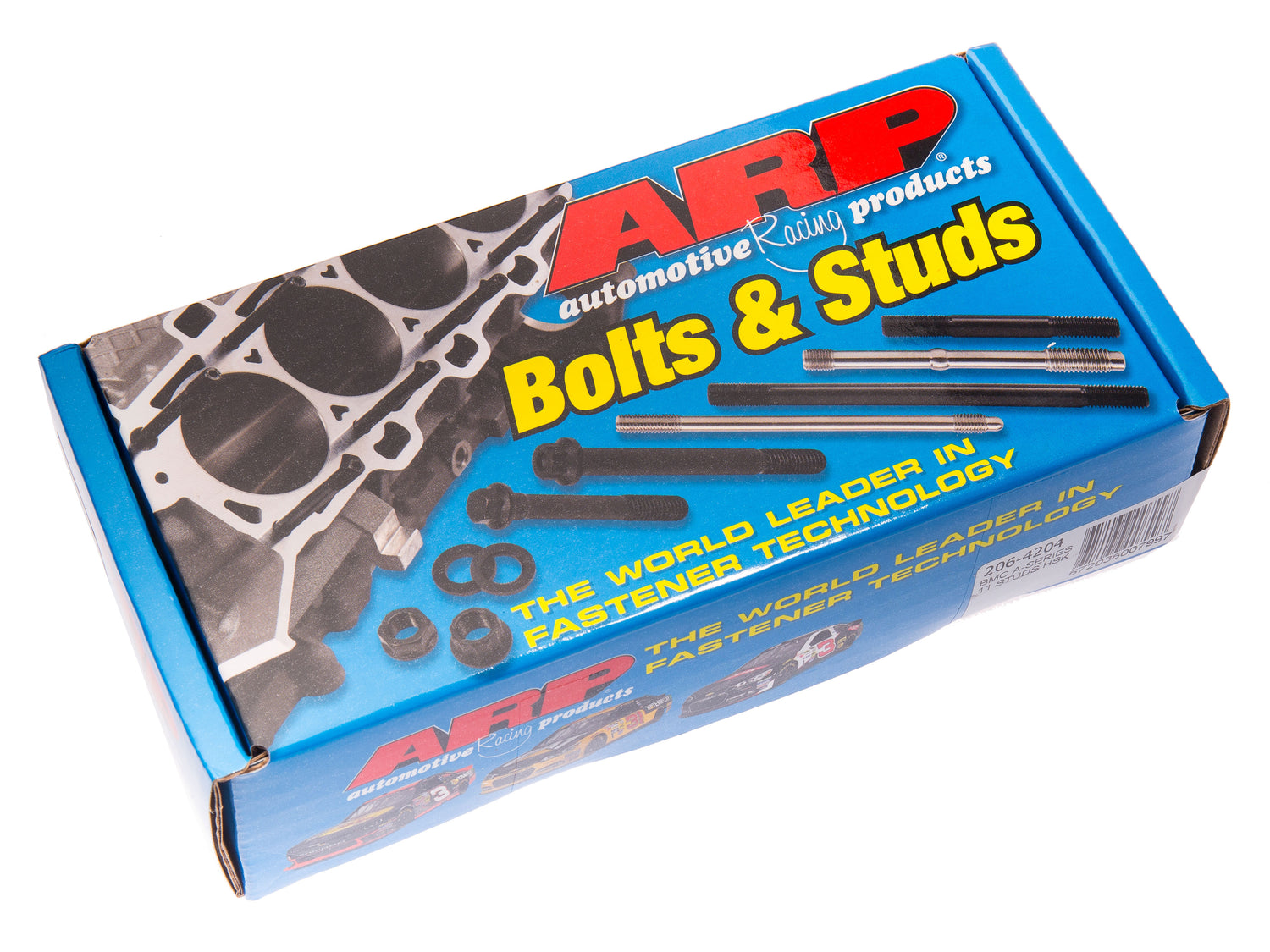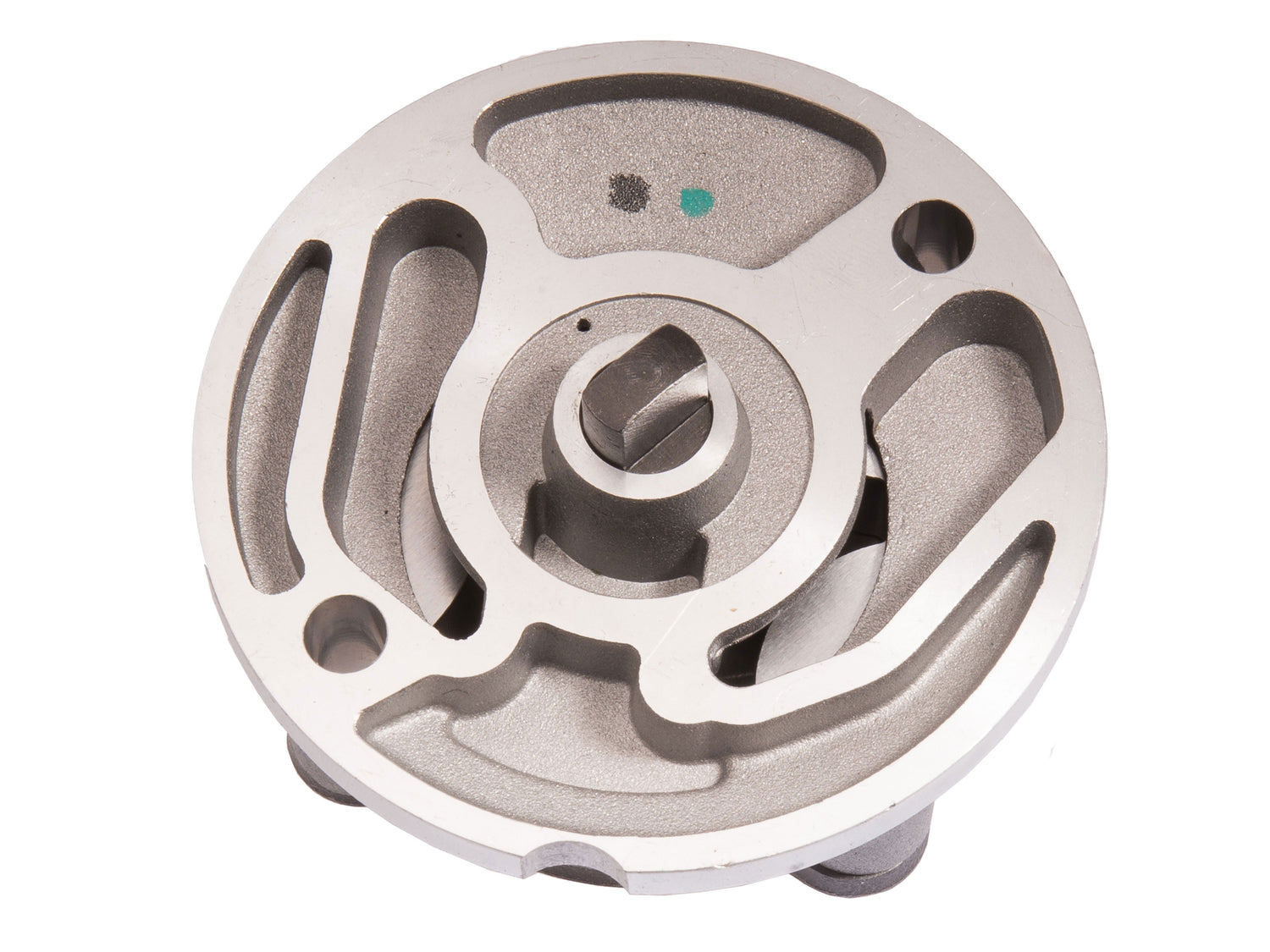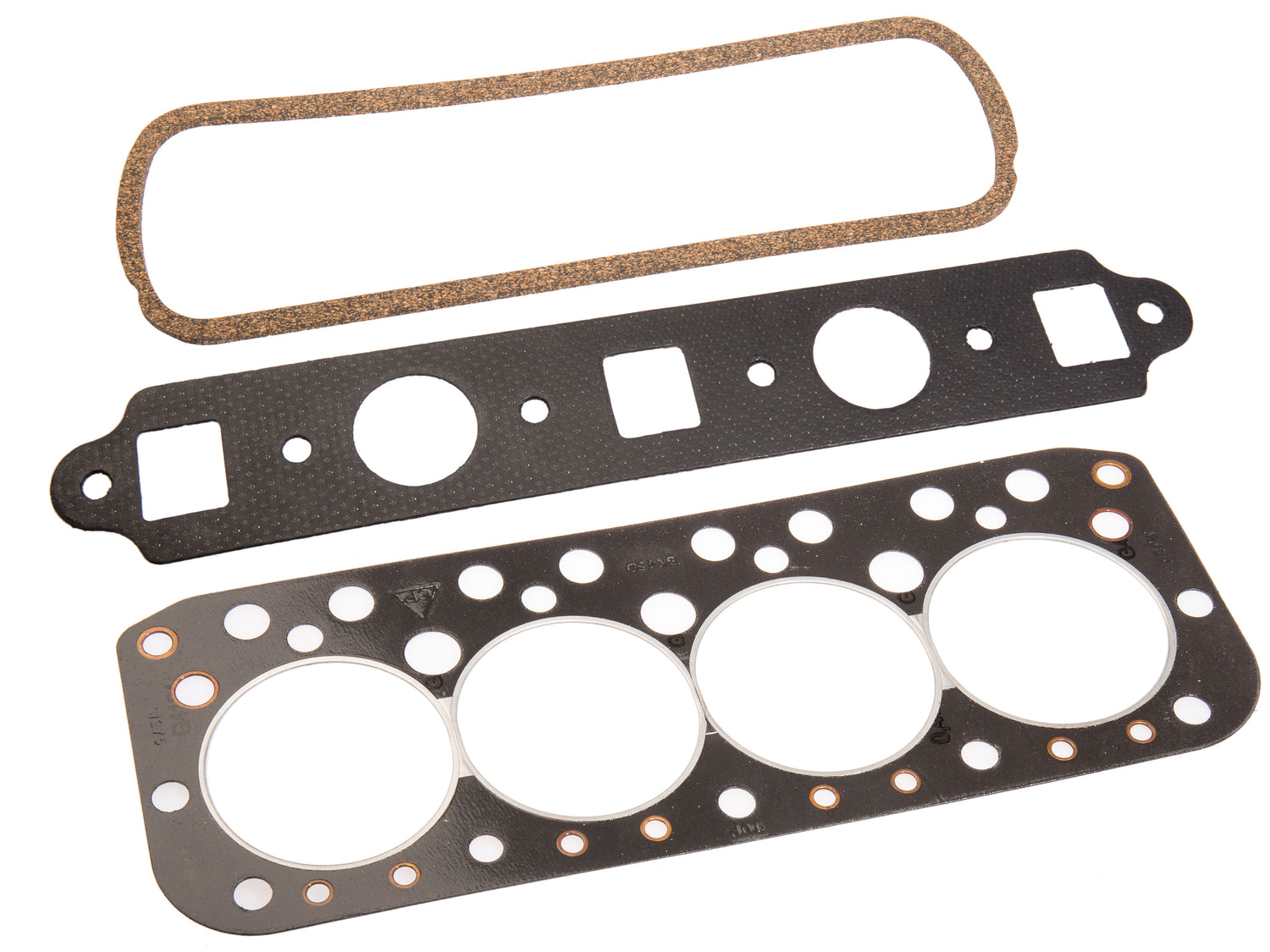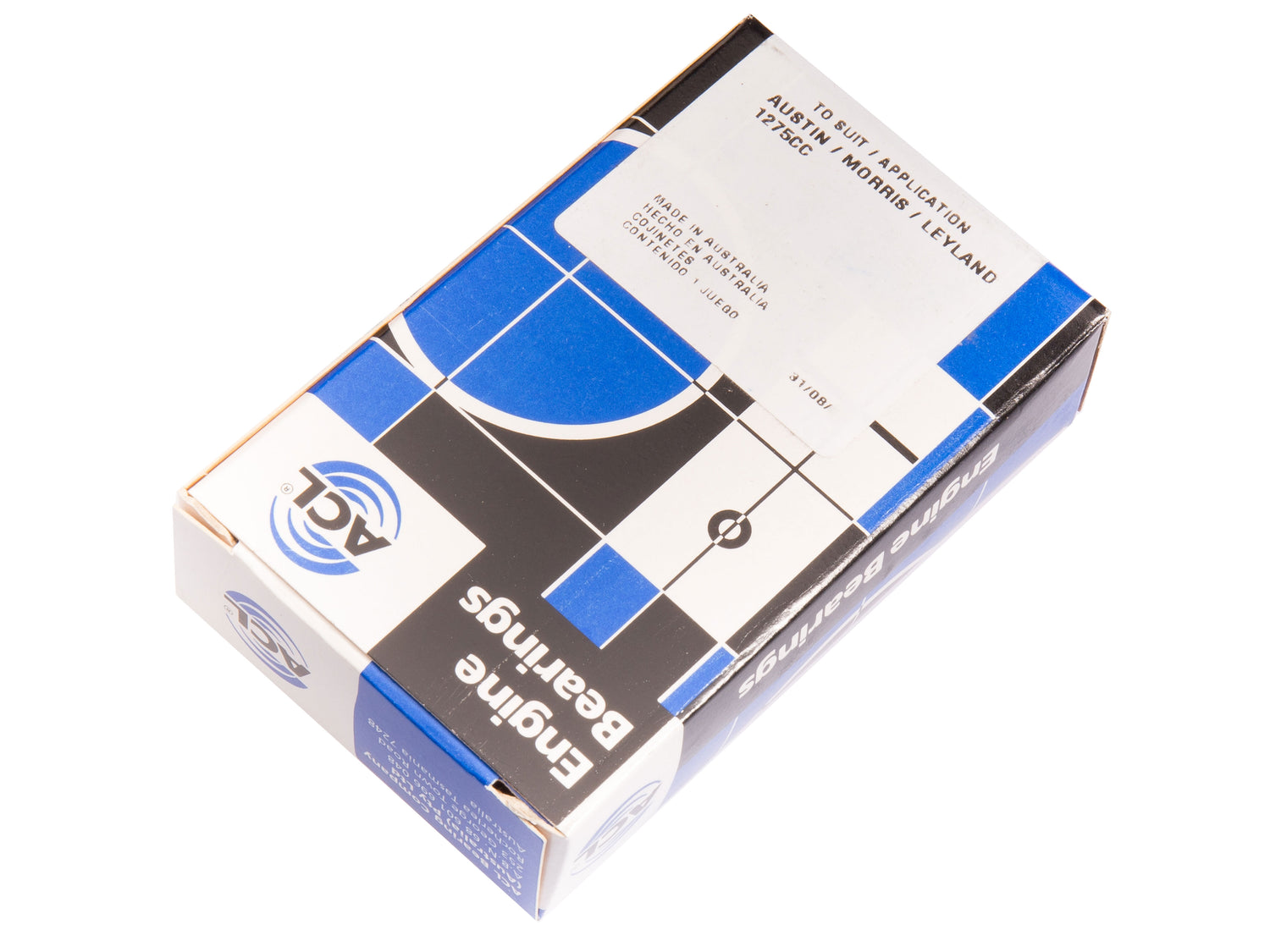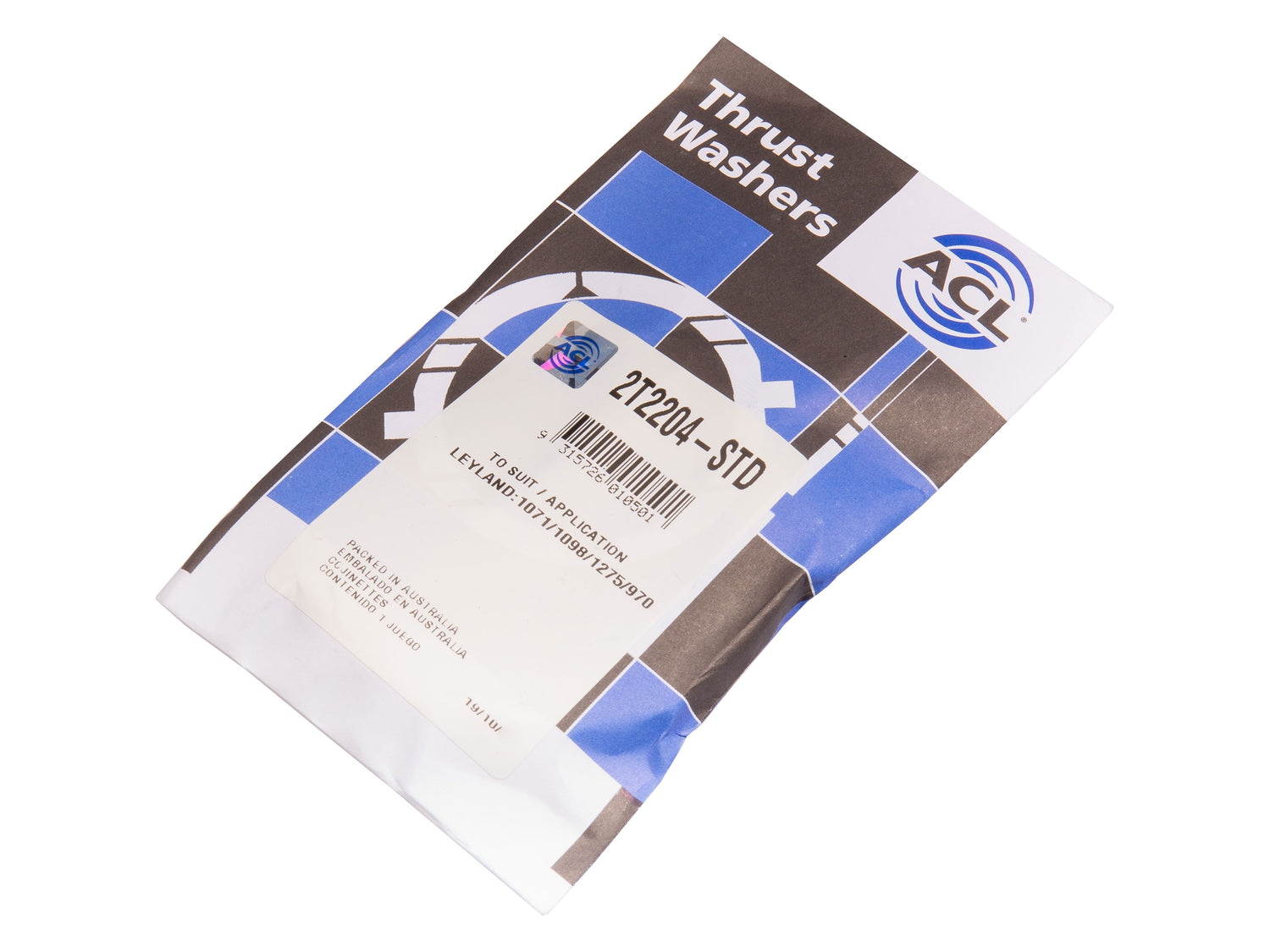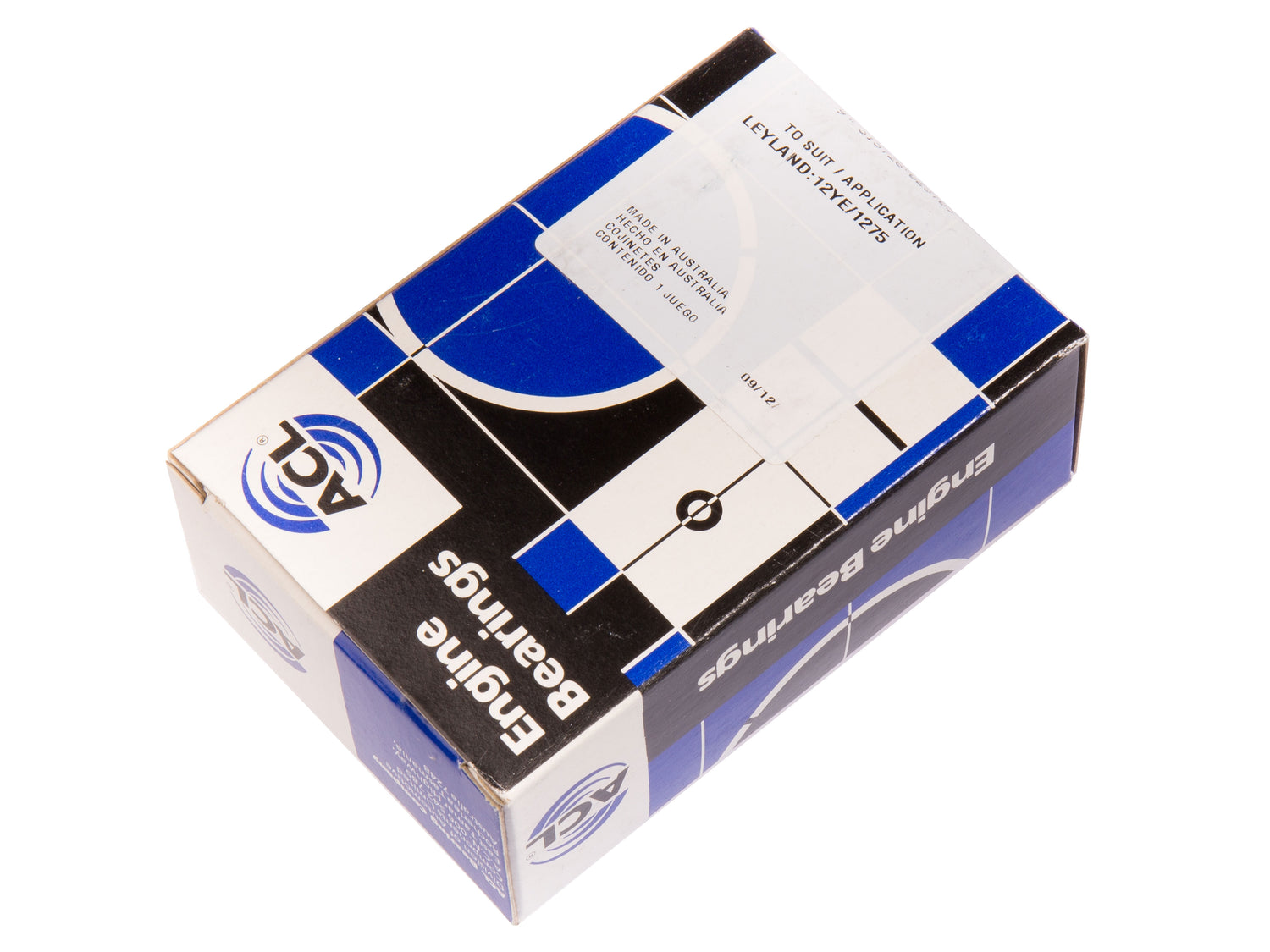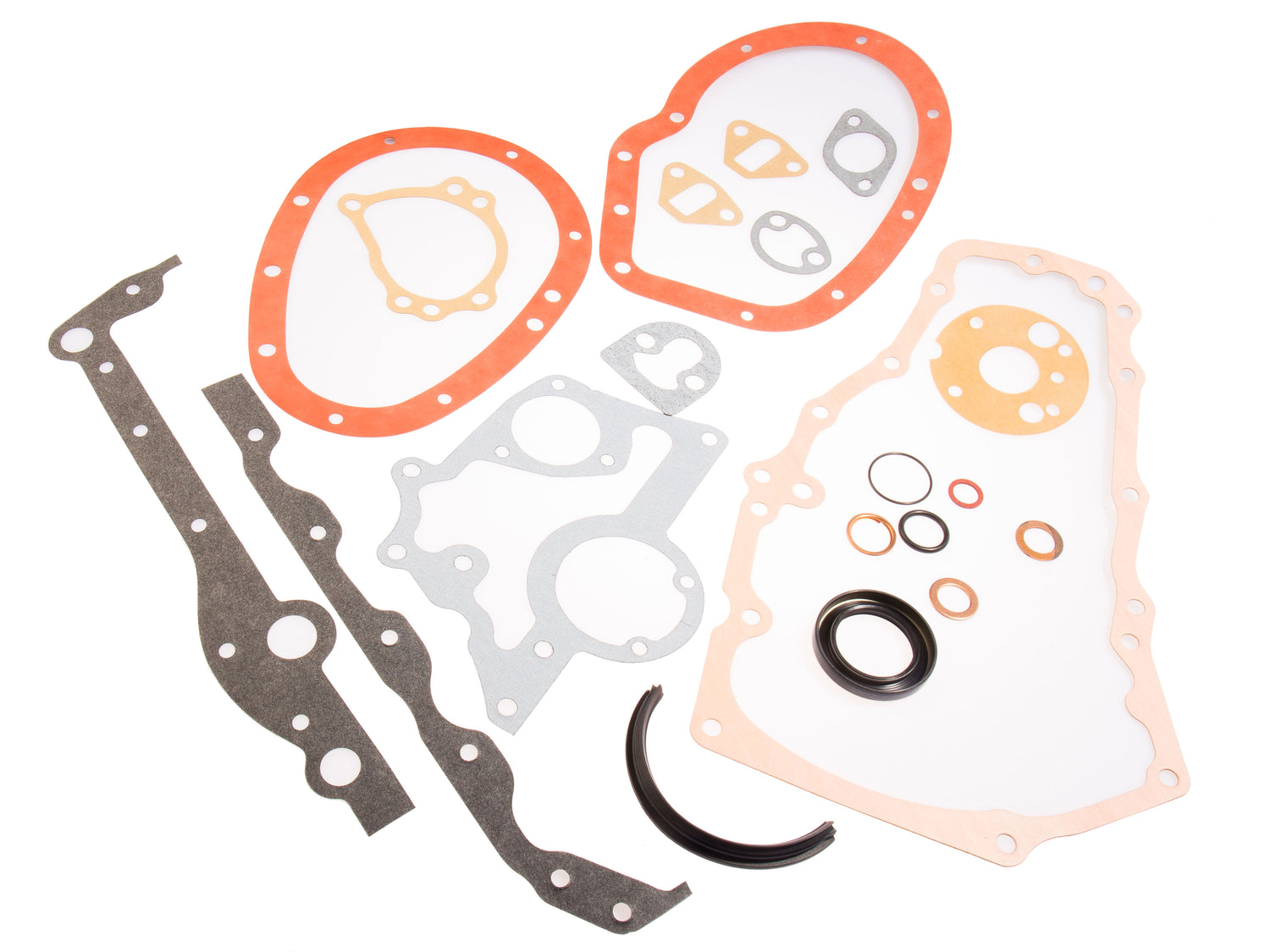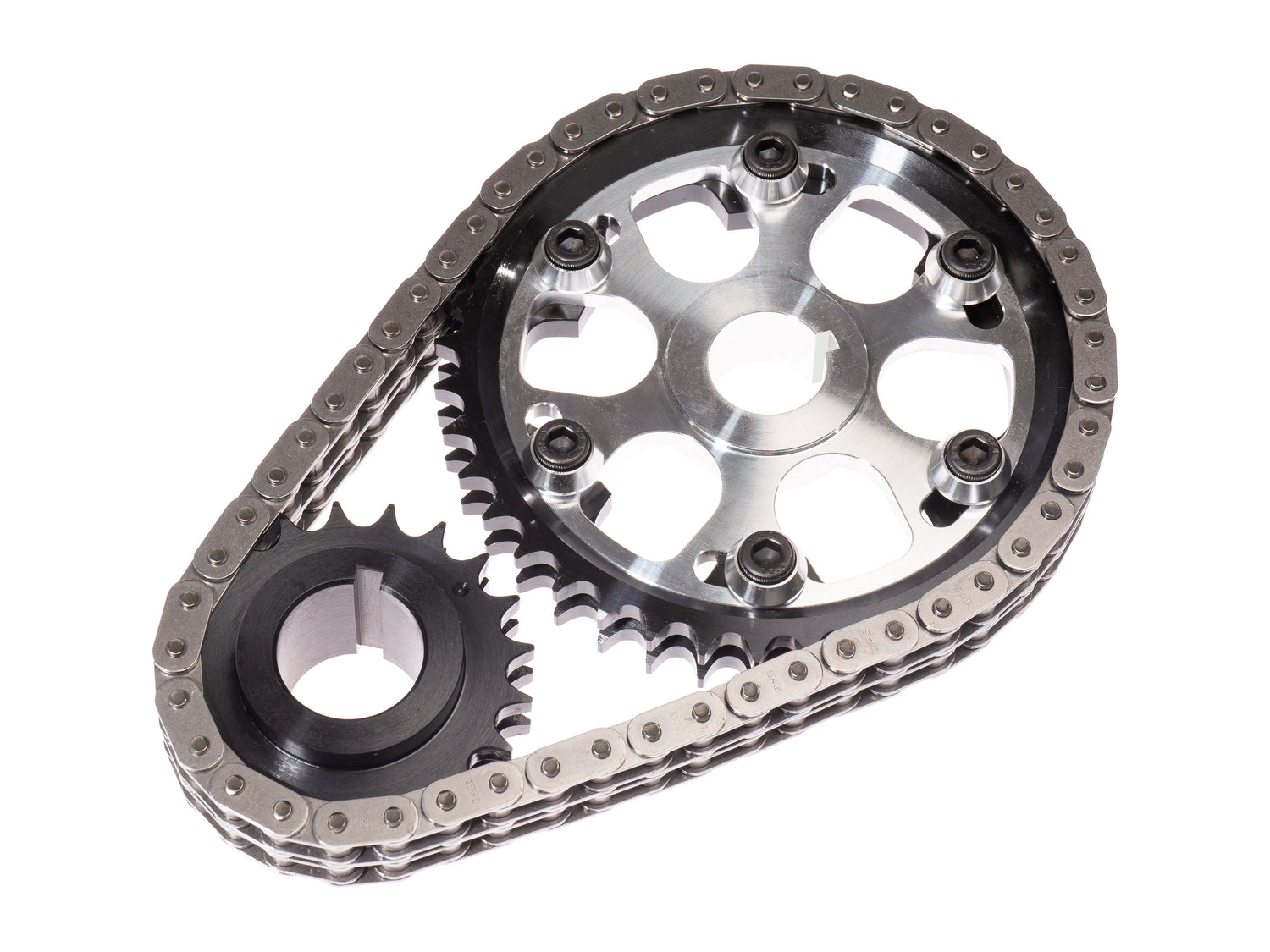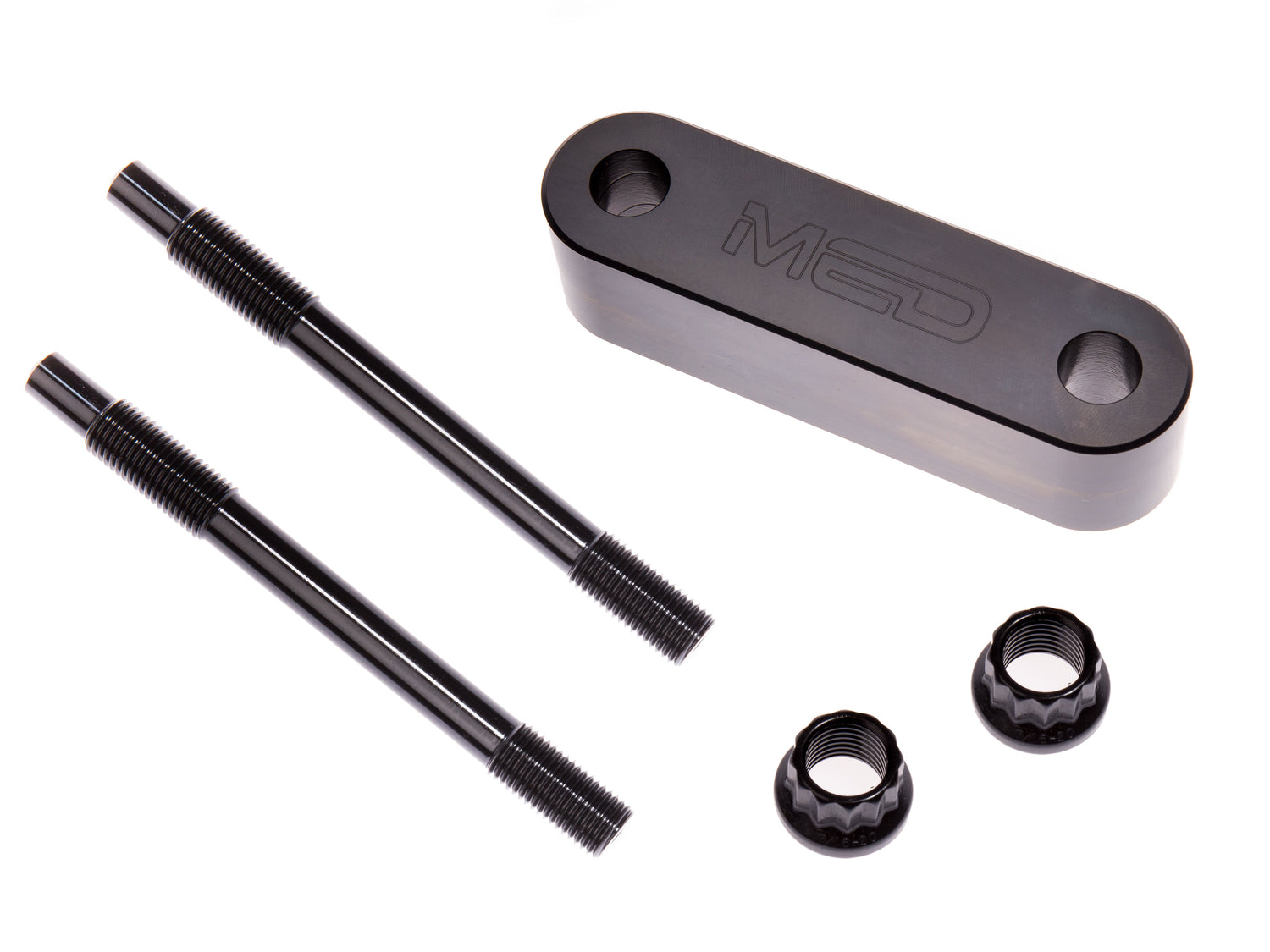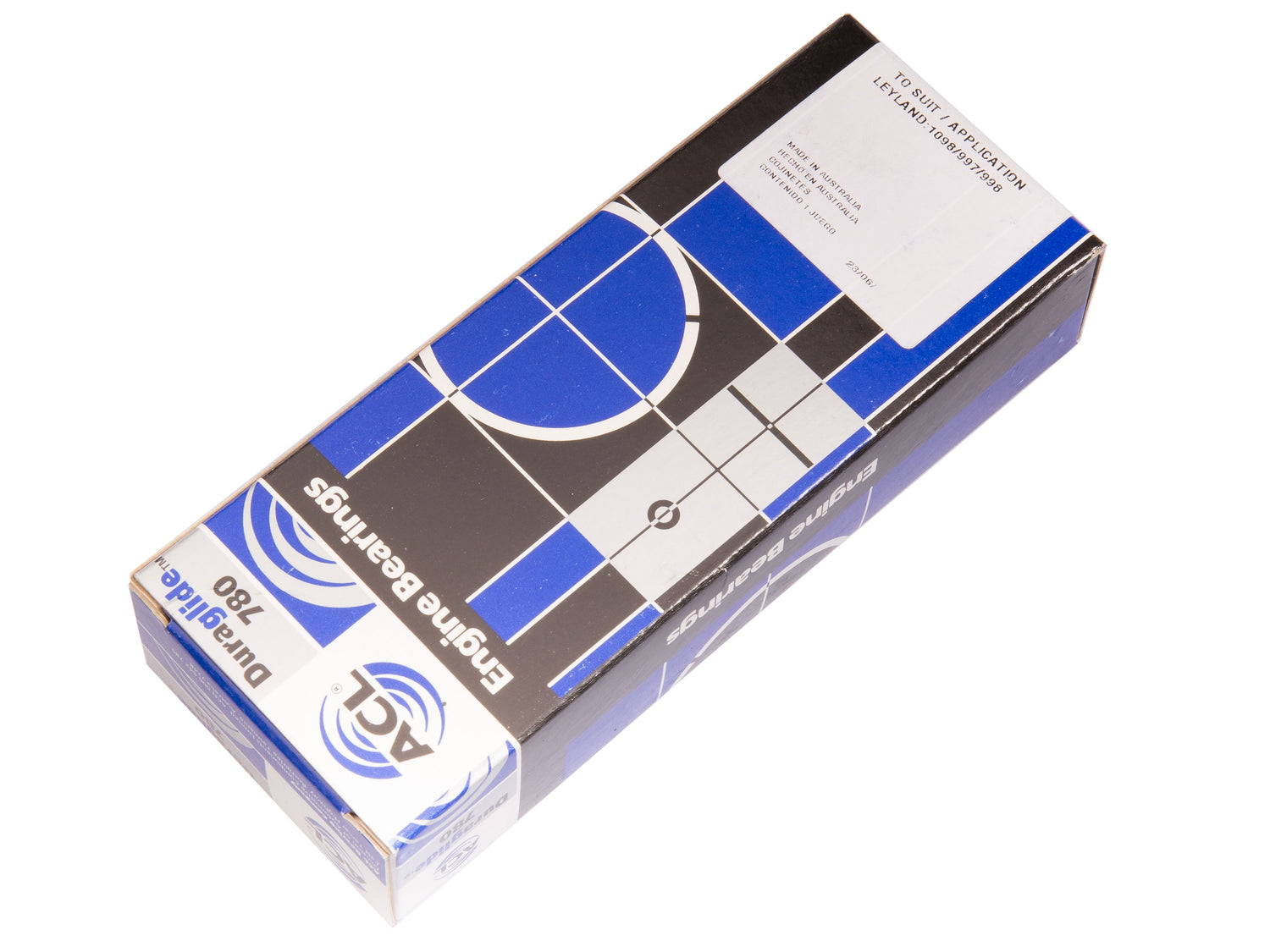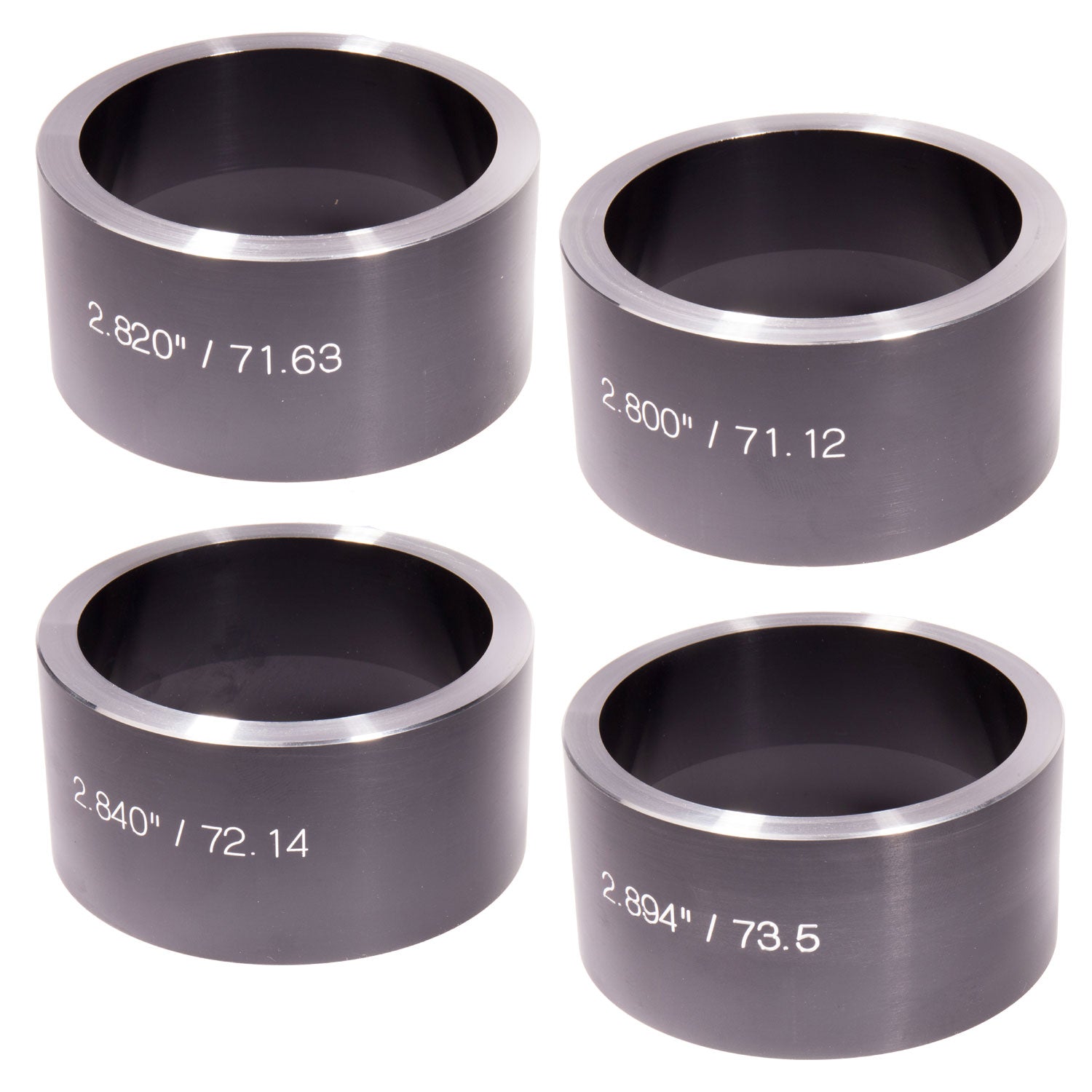Buying a classic Mini – our journey
Between us, we’ve owned Minis here at MED since the 1970s, so you’d think buying a good one and writing a guide on it would be easy. However, in reality, experience just makes us more picky than a newcomer, as we’re all too aware of the pitfalls of buying a used classic Mini. There are also enough variations over 41 years to fill several books.
Instead of writing a generic classic Mini buying guide for you, here's our thought process behind buying the car we did, and the lessons we learned... 
For background, Project 63 was already under way to becoming a hot road and trackday car when we decided to buy another. The proposed 100+bhp A-Series engine, short gearing and straight-cut transmission of Project 63 would render this as more of a sunny Sunday treat around our local Leicestershire country roads.
Instead, for the next car we set sights on a more road-trip friendly Mini that could be driven further afield if required, like taking on the North Coast 500 in Scotland or an overseas International Mini Meeting.
How to choose? What to look for when buying a classic Mini
So, which type of Mini to choose? The model in question would ideally have more creature comforts, such as comfy seats, softer suspension, taller gearing, and bright lights. A 1275 engine would be preferable then for its chunky low-down torque delivery, and more able to pull a 3.2 or 3.1 final drive for motorway cruising.
We knew early on that the overall condition would be more important than the finer details, however. All Minis rust, so the buying choice tends to set you in three possible directions – a completed restoration, a rolling project, or a box of bits.
Each has its pros and cons, so if you’re on the same path, weigh up how much time and money you wish to spend, and also your DIY skill level. Experience from Project 63 taught us that finding a car with minimal rust is a huge advantage.
While surface rust is easily fixed, and to be expected, once you start digging into major panel replacements, costs and time scales can quickly spiral out of control. Rust spreads, so decision number one was to find the most structurally sound Mini we could within budget, preferably as close to original as possible to avoid unearthing decades of bodges.
Early external hinge Minis (1959-1969) in such good shape were deemed too costly for our road trip plans, so we focused in specifically on 1980s round-nose saloons.
A couple of viewings followed, but cars that looked tidy in the pictures were less appealing in person. One had a paint job that only a mother could love, another had the dreaded over-sill panels, which may or may not have been hiding nasties behind.
Both cars also had the original 998s installed, one more tired than the other, which would add expense and time to upgrade to the desired 1275.
Is it worth buying a Mini from Japan?
Back to the drawing board then, and our positive experience of Project 63, a South African import, had us searching for a Mini imported from a kinder climate. Japan was the obvious choice, a country where demand for the classic Mini was absolutely booming in the 1990s.
Unlike some export markets, the Rover Japan Minis were built here in the UK, specifically at Longbridge. From the early ‘90s, Rover Minis and Mini Coopers were predominately fitted with 1275cc single-point injection engines. They also had factory-fitted air conditioning, right-hand-drive, and various special editions with different decals and upgrades.

Where 13-inch Sportpack wheels and arch extensions were popular for Rover Minis and Mini Coopers in the UK, Japanese buyers tended to favour the smaller, lighter 12-inch alloys, which we find makes the cars feel more lively – definitely a good thing.
Freshly-imported Japanese Minis are usually less rust-inflicted than an equivalent UK model, as they are not subjected to salt on the roads in winter. There’s a stringent bi-annual test called the ‘Shaken’, which is quite a bit more involved than a UK MOT test, and we’re told that most owners also visit Mini specialists for professional help. All of this lends itself to well-maintained cars, in theory.

According to our friends at Turtle Trading in Japan, the Shaken test currently costs 130,000 Yen, which is around £680. Of course, any repairs will be on top, suggesting that running a Mini (or any older car) in Japan is more expensive than in the UK. This goes some way to explain why so many have returned ‘home’ in recent years.
Used car auctions are big business in Japan, and so most of the Minis now back in the UK will have been sold this way. While it is entirely possible to register an account, browse the auctions and import your own car, the language barrier makes things tricky, and you need an agent, so it’s far simpler to go through a UK importer.

This also reduces the shipping costs, as the specialist importers will likely have a good deal in place, whereas Joe Bloggs on the street will be charged considerably more on a single vehicle import. Some cars are exported ‘RORO’, Roll-On-Roll-Off the ship, whereas some are imported in shared containers.

The majority of Minis returning to the UK come from Japan’s ‘Mini boom’ of Kei cars in the ‘90s, so they are predominantly fitted with 1275cc single-point fuel injection engines. 1996-onwards Japanese Minis had MPi engine blocks, a wasted spark coil pack, MPi flywheel but still retained the single-point injection.
They also kept the side-mounted radiator, not affected by EU drive-by noise regulations that saw UK Minis fitted with a front-mounted rad from '96.
Japanese-import Minis – the downsides
There’s always a compromise with classic Mini shopping, and opening the bonnet of a Japanese-import Mini is a game of ‘spot the A-Series’. It couldn’t be further removed from the simplicity of early MkI Minis, and does make engine bay work a real pain.
The air conditioning systems of later Rover Minis created a spaghetti junction of pipework into an already-packed engine bay, with the extra cooling radiator and pump.
The speedometers are displayed in KPH rather than MPH, although that’s not a problem for the UK MoT, and decal kits are available to reface the clocks if you prefer.
Japanese Minis are often automatic, which is quite pleasant for city traffic, but it would not be our first choice for spirited driving. Converting to manual is time consuming and may be prohibitively expensive – you’ll ideally need a manual front subframe or different engine mounts, the pedal box, linkages and not forgetting the complete engine and gearbox.
And then there is the actual condition of the cars. Ok, so the bodyshells are not rusty from the inside out like many UK cars, but you still need to be careful. It’s easy to forget that even the newest Rover Minis are now 24 years old.
Be very wary of this, as the first imported Minis we inspected had crunchy inner sills beneath their plush carpets. Just because there is no salt on the roads in Japan, if the cars are parked in coastal towns or the rubber seals leak, they will still rust.
Also of note, there seems to be a trend of Japanese mechanics jacking up classic Minis on the front floor pans, and every car we saw had the same damage. Bent front floors will potentially crack the paint and let in water.
Also look for sun damage – we found dried-out cracked rubbers all round, badly scratched paint and lacquer peel, cracked leather seats and peeling leather steering wheels. Arguably this is far easier to fix than deep-set rot to the bodyshell and running gear, but will add to the cost long term.
Anyhow, we left disappointed after the first shopping trip for a Japanese import Mini, and had to readjust expectations.
Gambling on a special edition
Expectations wound back, we returned to the Japanese Mini plan, as apart from the few downsides, they tick all the boxes for a road trip car. We could see past the cracked rubbers and trim in favour of a solid bodyshell and well-maintained running gear.

At which point we spotted a slightly sad looking special edition, fresh from the boat. Covered in dust, our Mini radar quickly identified it as a Mini 40 LE in Mulberry Red. With our preferred 12-inch Minilite wheels, manual gearbox and 63,000 miles, it seemed like a good bet.
Only 251 Mini 40s were built for the UK market, but according to Andy at the Mini 40 owners group, there are only eight cars known in this particular spec.
The front floor pans were pushed up, as with all the other cars we’d seen, and unfortunately it had already started to rust around the nearside inner arch.
Elsewhere, however, the rear subframe still had the Rover sticker from the factory, and apart from the front floors, it looked remarkably solid.
Also in its favour were the recently retrimmed front seats, and all the rare Mini 40 bits like the turned alloy-effect dashboard and unique font on the dials. It also had a pair of P700-style halogen headlights.
The engine looked completely original and started on the first attempt, a bit tappety up top, but nothing a fresh set of MED roller rockers wouldn’t fix. So with the promise of a full professional repair to the passenger side front floor pan, UK registration docs sorted and a fresh MoT, we took the plunge and left a deposit.
Teething troubles
Collection day, and it’s fair to say we got carried away with the ‘new car’ excitement, when really we should have been a bit firmer. You see, we couldn’t test drive the car on first inspection, as it was not registered for the UK, which seems a bit daft in hindsight.
It was immediately obvious that the first/second gear synchro hub was shot, with a nasty crunch going through the box. There was also a slightly strange floaty feeling to the drivetrain, which would later turn out to be the top engine steady bracket being largely detached from the bulkhead! This is virtually impossible to see from the engine bay with everything in place.

The repairs to the floor pan were coated in a thick layer of underbody seal, and looked passable for an MoT, but not how we would like it. Anyway, five hours from home and with a car trailer in tow, we took the car away regardless and booked it in with our friends at Southam Mini Metro Centre to whip out the engine and gearbox.
While the engine came out, a big job on one of these cars, we supplied a new X-pin diff, full gearbox rebuild kit and MPi St1 Ultralight flywheel. We also decided to uprate the radiator to an MED Ultimate road unit as the original was starting to seep.
It drove very well, but the suspension felt harsh, the rubber springs were likely original and squashed, and the ride height too low. The clean MoT test was questionable, with split gators all round and ball joint play in both front hub assemblies.

Stripping the suspension down, the standard balljoints had clearly become stuck in the front hub carriers in the past, and two of four had deep cuts across the threads from an angle grinder. It was quite frightening that we’d been driving the car like that!
Latest Mini upgrades
Understandably, we changed the entire suspension for new, installed Japanese non-shimmed balljoints, adjustable arms, new hubs, CV Joints, MED hub nuts and washers. It was finished off with a set of red suspension cones and Bilstein dampers before a full geometry setup, and it now rides better than new.
A few days of tinkering followed, before some trips out to local shows, and a visit to Brooklands for the Mini Day where we managed to grab a pic beside Concorde.
Plans then shifted to perfecting the car for longer road trips, so the interior was stripped in preparation for extra Dynamat sound deadening and new carpets. Unfortunately, with the one-piece original carpet out of the way we could see the true extent of the MoT repairs to the floorpan.

Steel plate had been pop riveted in place and brazed over rust, then slapped over with a thick layer of silicone sealer, underseal and sound deadening. The door steps had also begun to rust away where the seal meets in the middle.

We also undercovered a strange area of rust underneath the rear seat cushion. The Japanese export Minis have their windscreen washer bottle in the boot, so we can only assume it must have emptied its contents at one time, this ran under the rear seat panel and soaked into the cushion.
Everything has since been repaired properly with panels rather than folded up scraps, before being expertly repainted by Rick at Jessops Motor Bodies in Wakefield. It’s been more expensive than planned, but with new trim all round it's been quite a transformation.
Finally the interior was fully sound deadened as originally planned, and with the addition of an MED Road Competition cylinder head, 1.3 roller rockers, ARP head studs and ITG Mini air filter, it’s become ever closer to our perfect road trip Mini.
We’ve also spent many days detailing the paintwork here at HQ, a proper clay bar and machine polish, so it buffs up a treat!
One of the latest touches is this boot liner by Optimise Automotive, colour matched to the original leather interior. Fancy! We also have a fresh headlining to go in soon.
Our buying advice for a classic Mini? Buy the best condition car you can afford, and be realistic that any Mini will need some TLC. Japanese import Minis are certainly not as perfect as many would let you believe, but overall, this one was only rusty and bodged in places, rather than being a complete rot box.
Also, learn from our mistakes and make sure to get the car up in the air, before taking it for a test drive. And enjoy the journey!
February 2024




